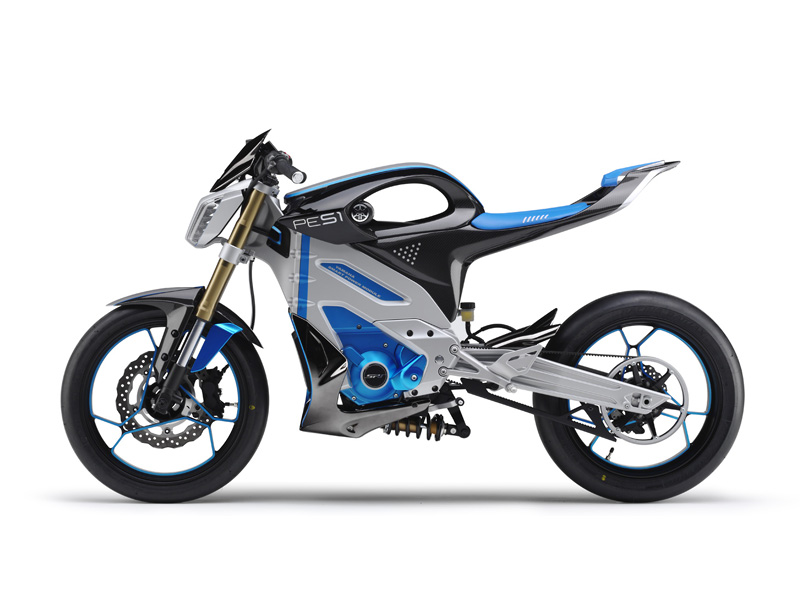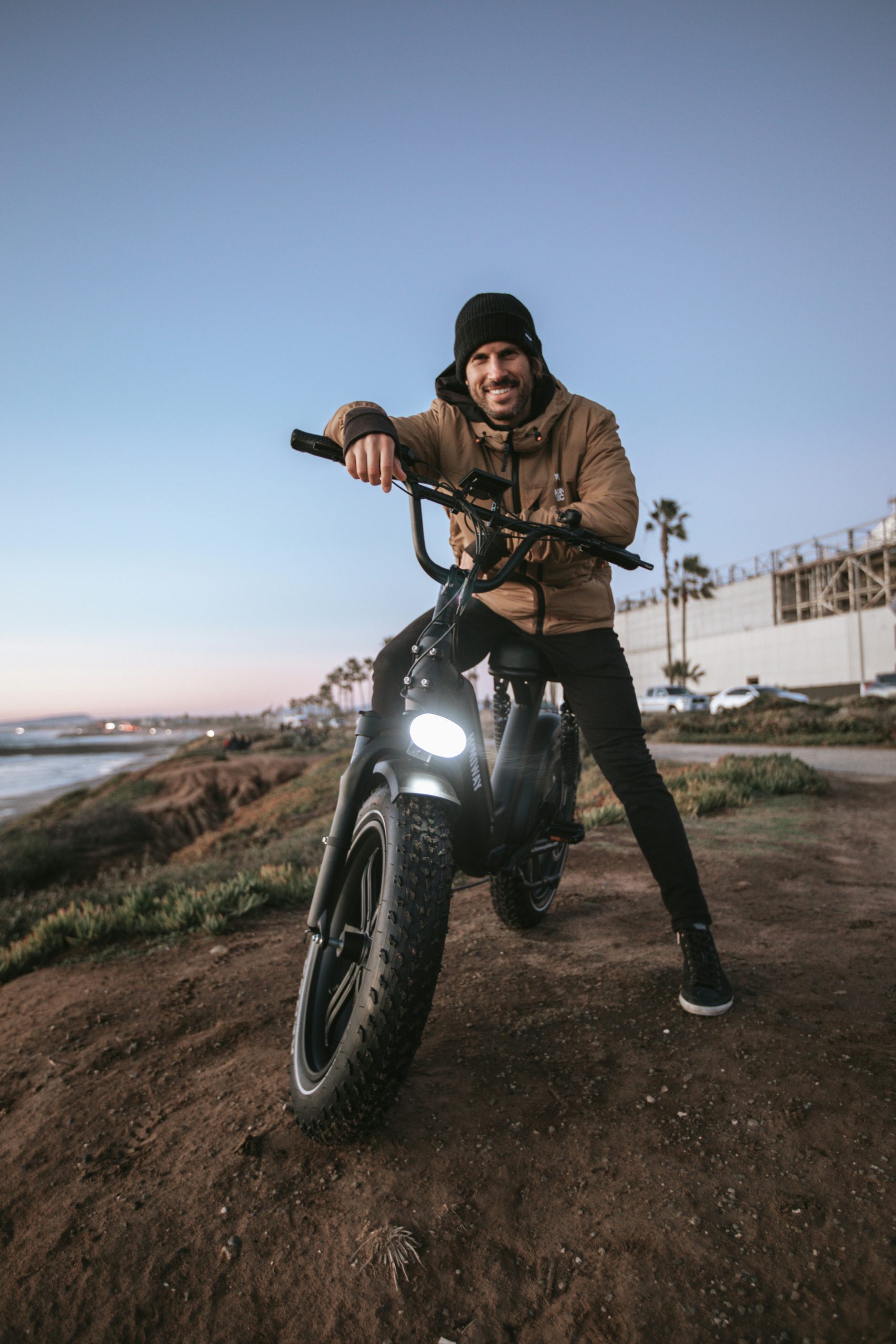Early this month, some of our favorite motorcycle news outlets reported that Yamaha is developing an electric superbike.
We know that Yamaha has at least filed design patents pointing to a capable electric motorcycle with at least one full-faired variant. Let’s first examine what Yamaha has filed.
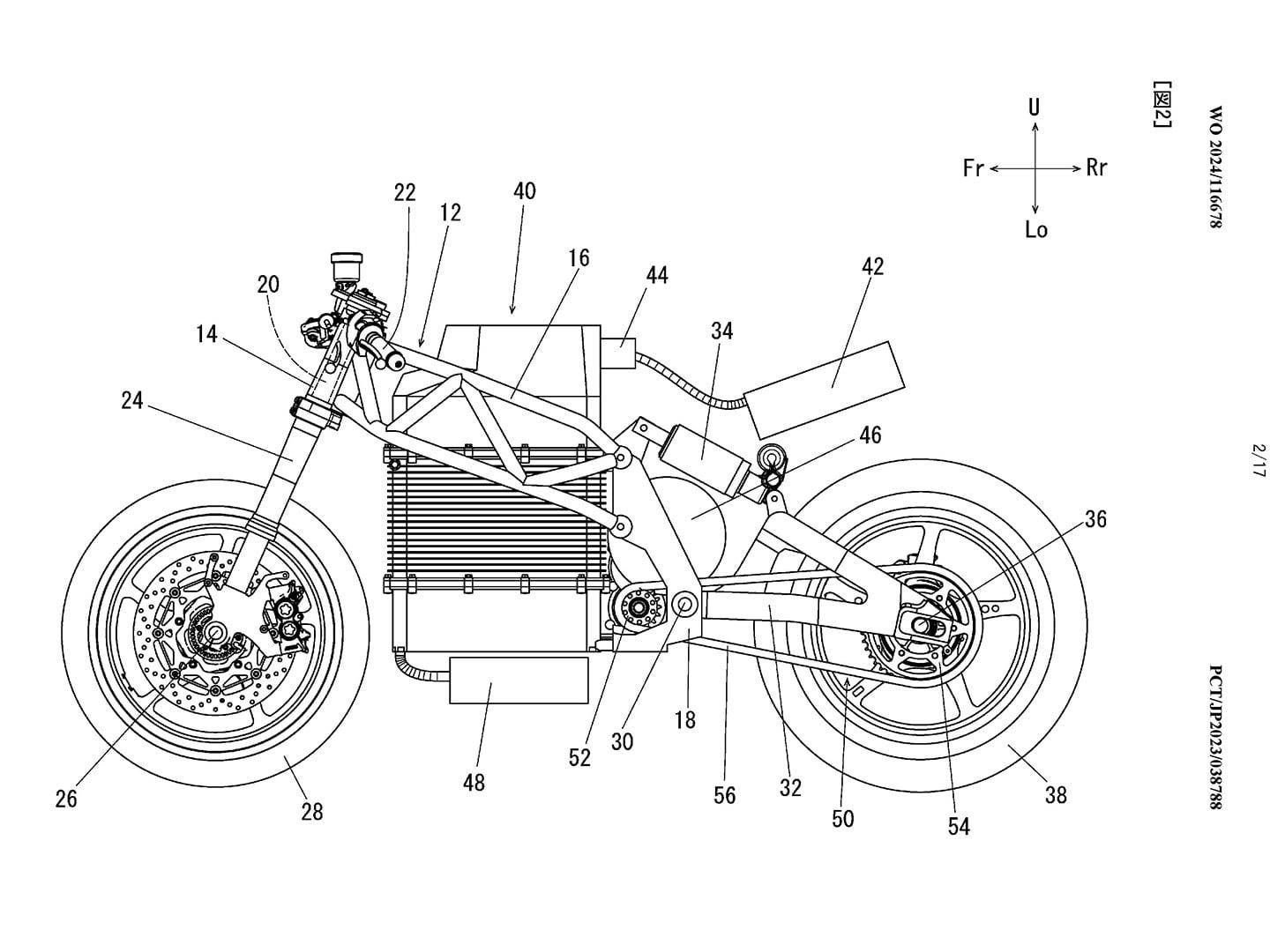
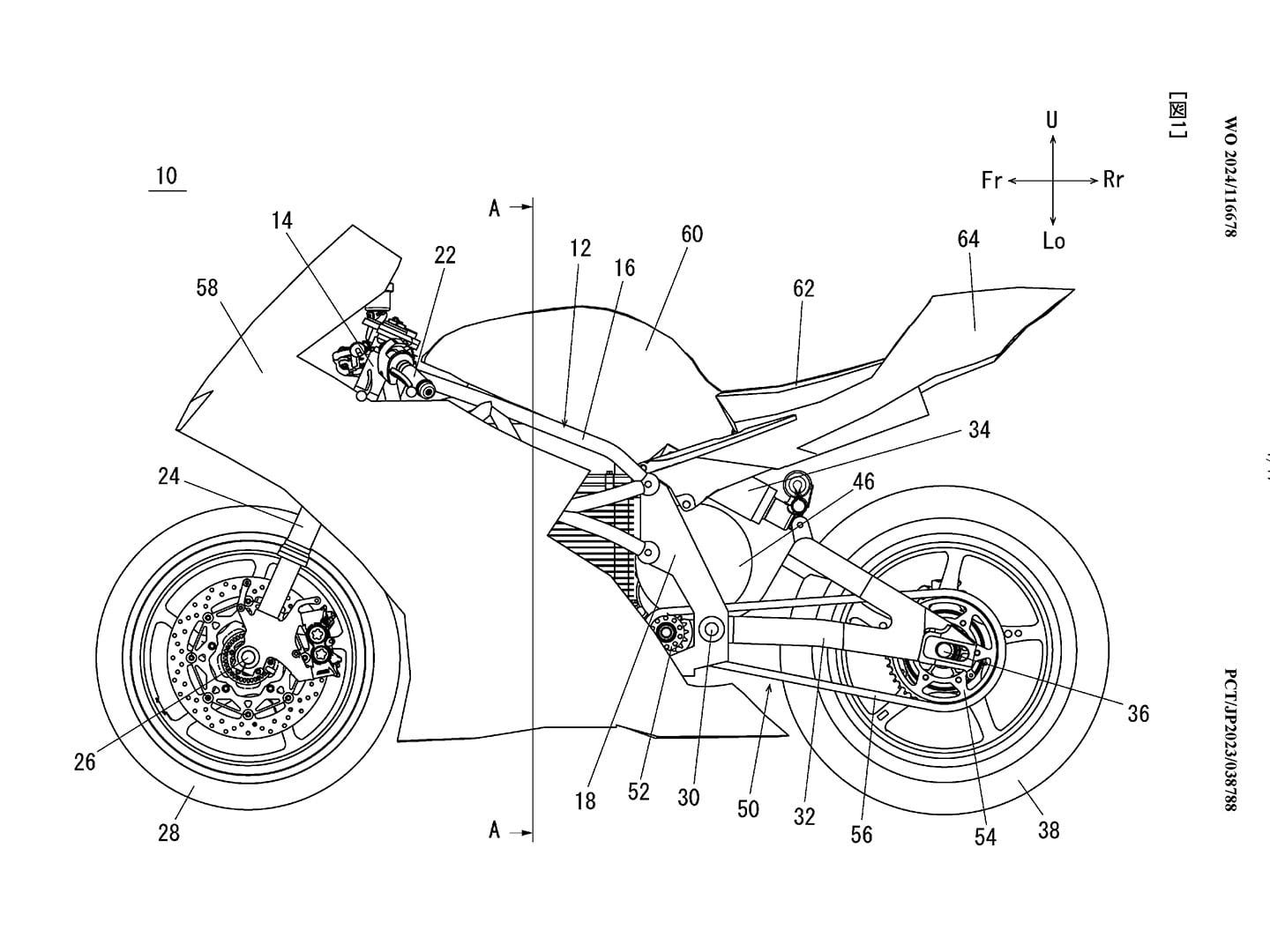
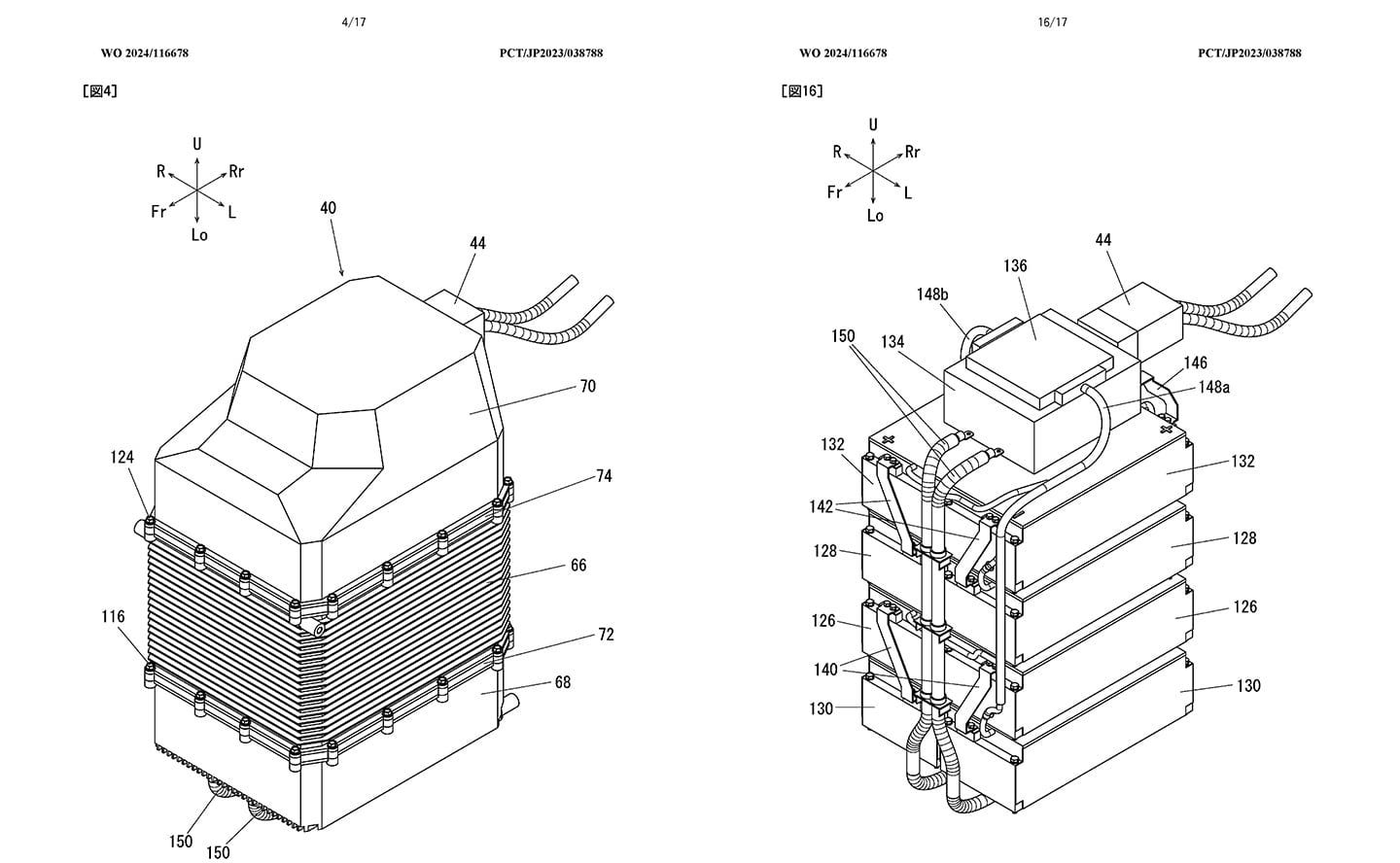
That battery pack is huge; we would not be surprised if it touches 20 kWh territory. That also means the battery pack will likely be a semi-structural member.
This brings us to the cooling part—such a large battery should be liquid-cooled. However, the cooling fins suggest some form of air cooling. Even the publications had a divided opinion—Cycle World noted this as an air-cooled battery. At the same time, Motorrad, which carried out a more detailed analysis, found water-cooling jackets around the pack.
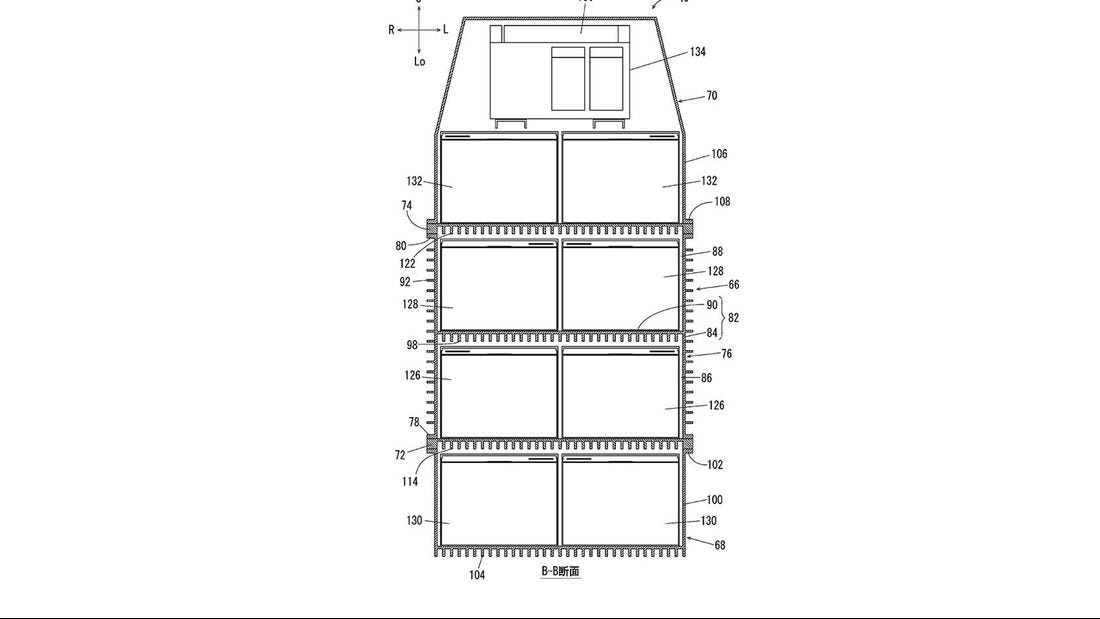
We would side with the Germans more in this analysis. Yamaha has formidable engineering capabilities. The brand already has powertrain capabilities, considering it supplies 35kW to 350kW electric motors to the electric car industry. With the battery patent, it has also indicated that it is finally ready to make a big move into performance electric motorcycles.
However, the battery cooling system is the innovation highlighted in the patent. Yamaha has designed horizontal cooling plates that are flushed with water. As the water flows through the horizontal plates, the cylindrical cells are cooled at the top and bottom, where cells vent the most.
So what about the grooves on the side? It seems that they are supposed to remove some more heat. Heat seems to be the biggest burning question that Yamaha and, by extension, all performance electric motorcycle brands must solve.
Yamaha’s liquid-cooled battery patent is, by means, an easy feat. It is difficult to design; the tolerances must be impeccable, and mass manufacturing would be a challenge. It is also unique – as we shall see, liquid-cooled packs are a rarity.
Cooling: The Burning Question
Cooling is a question that pops up frequently when designing a two-wheeler. ICE is fairly simple—small, slow-running engines can be air-cooled, but that limits performance. It may work for some formats, like heritage classics or street bikes, because they need limited power. Designers must ensure ample surface for air to flow, so you see deep-cut fins on the cylinder heads and sides of such motorcycles.
In somewhat larger yet slow-revving engines, where air cooling should be normally sufficient, we have to add an oil cooler. Lube oil circulates in the engine, and along with lubrication, it carries the heat away from the cylinders. In doing so, oil gets heated. Hot oil loses its viscosity and becomes useless for lubrication. So, the oil cooler provides a small radiator channel that cools the oil before recirculating it back into the engine.
However, things get serious when you go into sports motorcycle turf. High-revving engines create a lot of heat and need to be liquid-cooled. The cylinder has a liquid track around the head, which takes the heat away to a radiator, which cools it. The liquid is mostly a 50/50 mixture of water and glycol.
The liquid-cooled system sounds complex, but we have mastered it for decades. It is now a maintenance-free, hassle-free system that is sealed, leaving little scope for the cooling fluid to leak or evaporate. Topping up is needed only after several thousand kilometers of running.
ICE engines are fairly straightforward in that we know where the maximum heat is produced – the cylinder head. As long as it can be cooled to the right operating temperature, engines will be happy. That does not mean engines have to run cold; engines love running hard. You want the heat within the set parameters, not iron melting.
Liquid cooling has undeniable benefits in terms of improving revs and overall performance. However, it adds to the cost and complexity of design, so manufacturers refrain from it as long as possible.
Electric has a fundamental difference.
Electric is a different beast. Most heat in electric systems is produced due to a heavy flow of current. In Physics, we call this resistive heating, and it exists because every conductor has a resistance. The heat is simply produced due to the current flowing through the circuit and is a simple function of I²R, where I is the current and R is the resistance of the conducting system. The more current that flows through the circuit, the higher the heat.
This is Joule’s law, the basis of many a thing in electricity that we see today.
We have two prominent areas where heat may be produced—the motor and the battery. Both create heat but in different ways. The motor spins, and heat is dissipated. There is frictional heat, but nowhere close to that in an ICEngine. Most heat is still due to the current.
The battery is another matter altogether. The Li-ion cells discharge and charge, producing heat in both processes. The heat can significantly increase due to many factors, including the charge rates and the current drawn from the motor (the discharge rate). Remember, as per Joule’s law above, heat would exponentially increase when the current increases, like at high charging or discharging speeds.
Electric powertrains don’t stop at the battery and motor. Significant heat is also produced in the motor controller and the charging ports, which receive a heavy flow of current.
What can heat do?
The fundamental question is: What can heat do? Many IC engines are designed to run hot. Ride any air-cooled high-capacity motorcycle like the Ducati Scrambler, and there is often a lot of heat produced around your thighs. We riders get used to that.
So maybe we should just tolerate the heat from an electric motorcycle as part of the deal and get on with life?
No.
The Battery Management System (BMS) is deployed to keep things inside the battery in check. Whenever the parameters go out of control, we get an event called a thermal runaway.
Kaboom!
Most BMS is designed to keep Kabooms in check and would step in to lower the current, an interference we call derating. That is not great either – it stops the fun when you are just starting. It’s like someone cutting off a few cylinders when you had just wrung the throttle.
Derating saves us from kaboom but leads to a bad user experience. Clearly, heat produces two undesirable events. We don’t like heat in an electric motorcycle, period.
So maybe everything should be cooled?
Yes and No.
Li-ion cells operate best at 15-35 degrees (C). Anything higher or much lower, and their efficiency declines drastically. In most cases, this impacts range.
That means a common cooling circuit for the motor and battery may not be the perfect solution.
In fact, except for the extreme performance cases, almost everyone gets away with not cooling the battery directly. The thought process is the same as that of a large-capacity air-cooled engine. At a standstill, when the airflow is not enough, the engine is only at idling speeds, so the heat produced is controlled. The engine produces more heat when the motorcycle gets going, but the airflow also increases. Most air-cooled motorcycles are happier when moving.
The same is true of a large battery—at a standstill, the battery is not doing much, so heat dissipated is controlled. At high speeds, the cooling from airflow works.
Cooling the Motor
Beyond a certain power output, it makes infinite sense to cool the motor. A cooled motor is like a cooled CPU—it can deliver a higher output, work more efficiently, and stay safe. More importantly, it draws less current. This also helps improve the battery’s life and efficiency.
But there are pretty solid reasons why electric motorcycle manufacturers still refrain from cooling. The cooling system adds components and complexity. At the basic level, there is a radiator and some plumbing. That adds complexity. The radiator would need a pump, however small it may be. That adds more complexity. Everything together adds weight, which is never good news in the case of electric motorcycles.
As an estimate, nearly 90 percent of electric two-wheelers on the roads don’t have liquid cooling. They are comparably low-speed applications and can live with air cooling.
Cooling the charging port
Remember the recent trends of putting a wet towel around the Tesla charger connectors to speed up charging? As dangerous as it seems, there is some logical rationale in cooling down the charging port. Fast charging means more current enters the battery through the charger. If the charger heats up, the BMS would slow down the charging speed, an undesirable event. The workaround is to cool the charging port itself.
Reluctance of the performance motorcycle industry to adopt liquid cooling
Even in the performance-electric end of the market, liquid cooling is not a default. Take the TS Verge as an example.
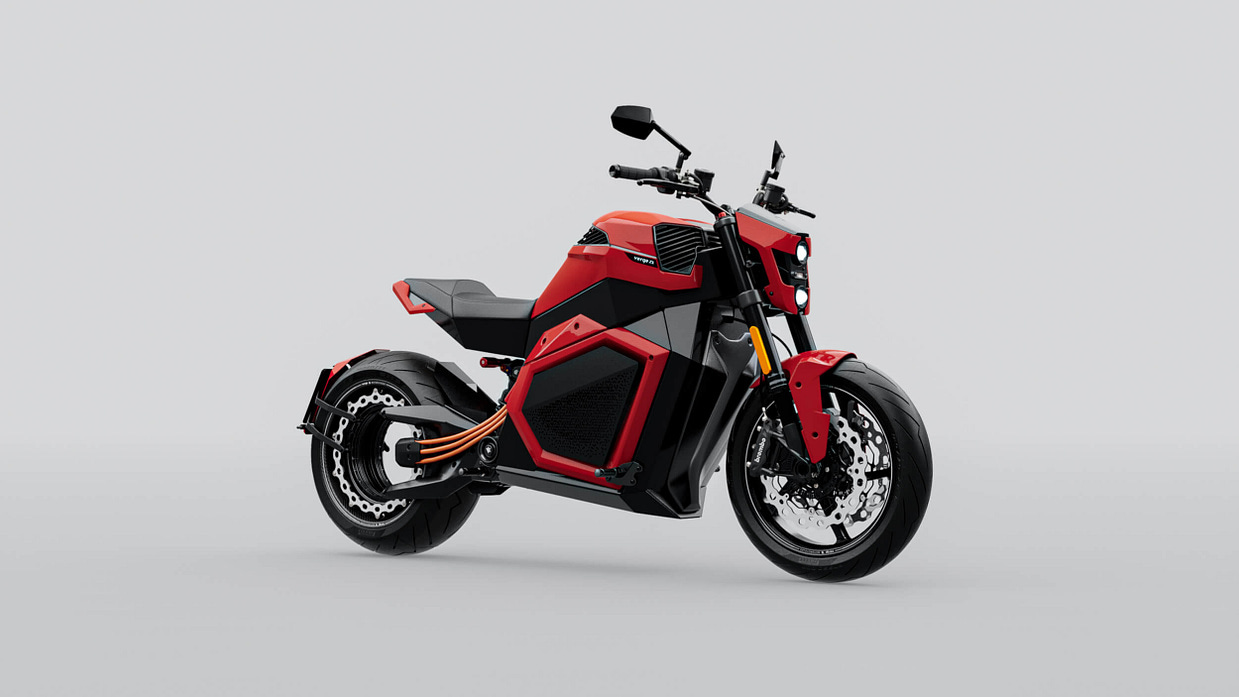
The unique rim motor on a 240-section rear means that there is enough surface area for the motor to vent and stay cool, with air cooling only.
Zero Motorcycles has also avoided liquid cooling. Even with large battery packs extending to 17.3 kWh and motors running to 82 kW, Zero has refrained from liquid cooling. In fact, the brand filed its first patent for a liquid-cooled motor design only in June 2023.
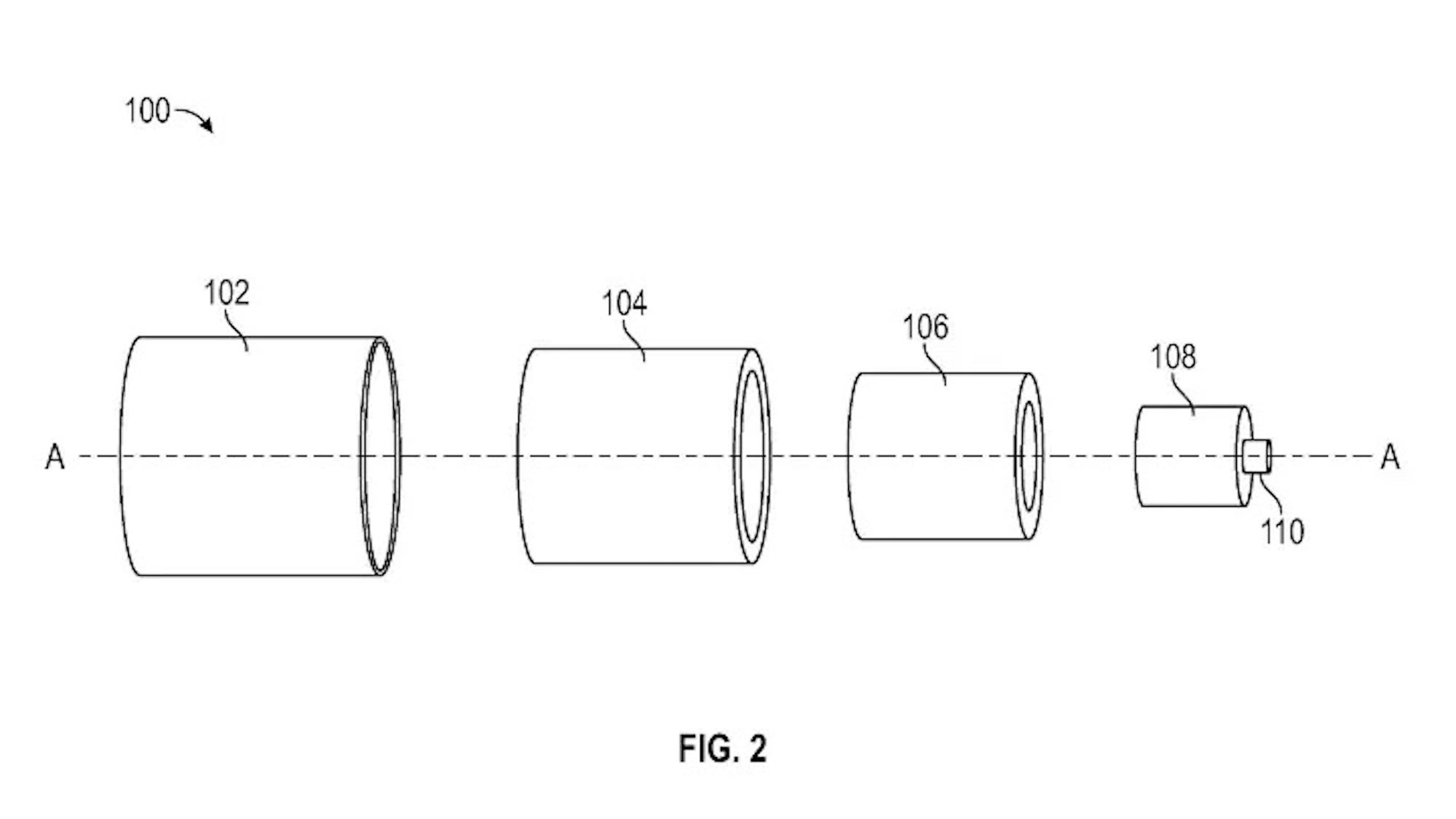
The patent filings show that the liquid cooling will flow between the motor’s outer and inner casing.
Livewire embraced liquid cooling from the very start. Both the Livewire One and the S2 models use a liquid-cooled motor and also liquid-cool the controller and charging ports. The battery is not liquid-cooled.
Both Damon and Lightning liquid cool the motor. In the case of Damon, they pointed out to us (in an upcoming interview to be published soon) that the motor is both water-cooled (jacket around the stator) and also oil-cooled at the copper in-turns.
However, neither does liquid cool the battery. Instead, they have been relying on optimizing the battery design and the way the cells vent. They have also been using really high-quality cells from top-notch suppliers – Molicel for Damon and Enevate for Lightning.
When the highest-end brands skip finding ways around liquid cooling the battery, it makes Yamaha’s new patent filings even more special.

